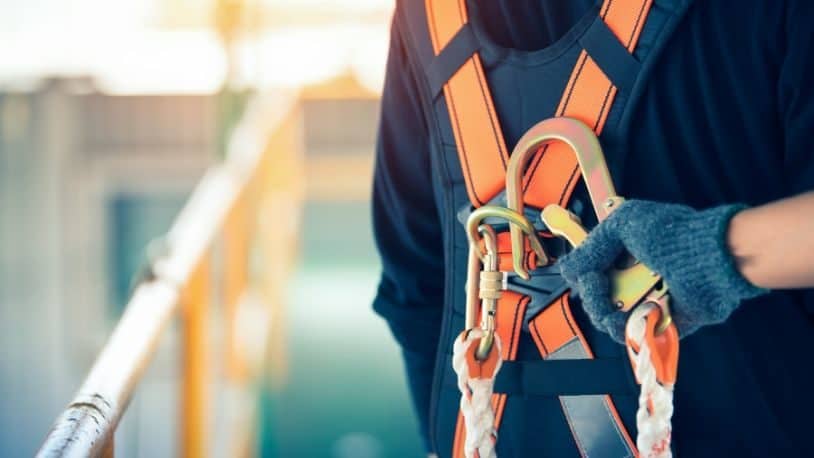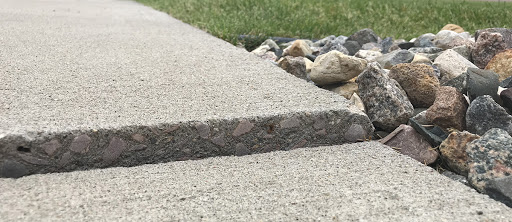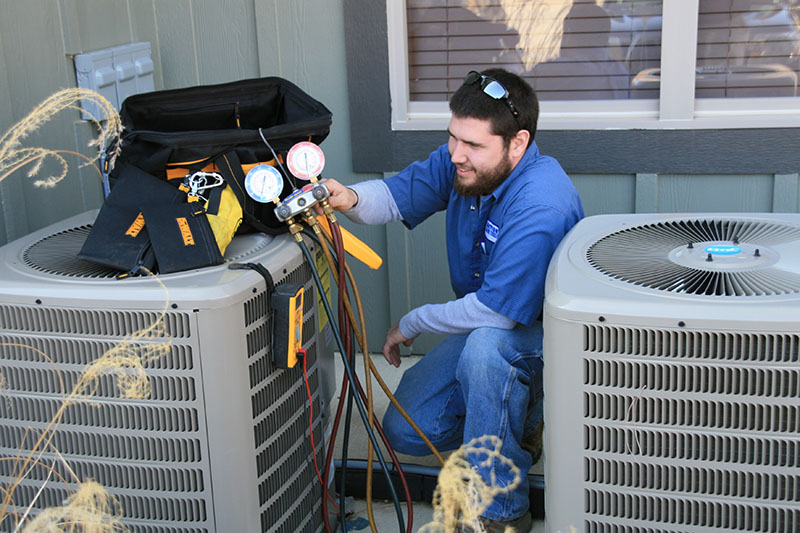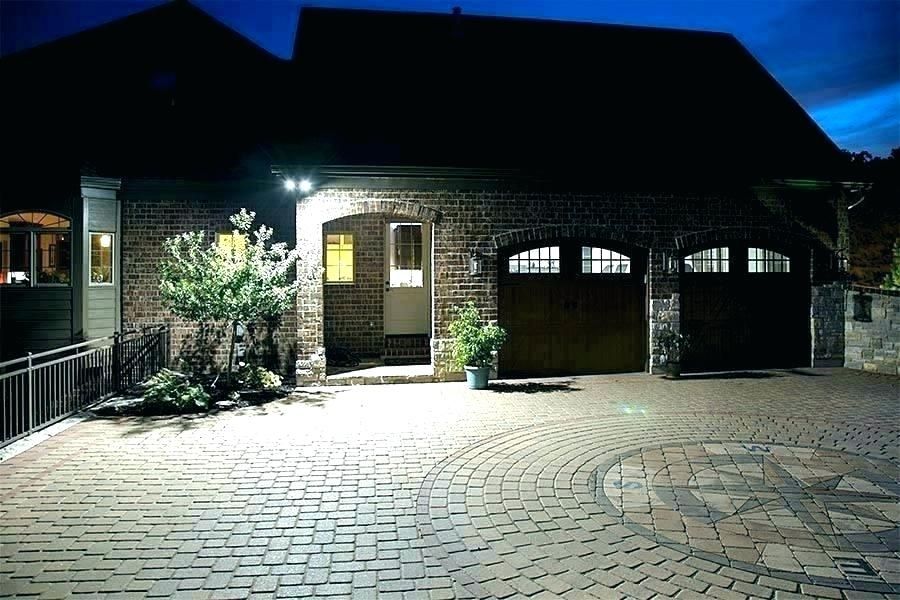Employee safety and well-being should be one of the top priorities of any company. A Fall Protection System is a great way to ensure this. However, there is a lack of proper guides on the internet to help you navigate your way through them. It is essential to be prepared mentally and financially before taking such a substantial step.
Therefore, we’ve got your back. If you keep reading, you will find all you need to know about Fall Protection Systems.
What Are Some Of The Most Common Issues With Fall Protection Equipment?
First of all, you need to learn to recognize what things may go wrong before doing anything to fix them. For example, roof anchor points and testing requirements. So here are the topmost mistakes we have seen happen over the years:
1. Not Having A Complete Job Site Analysis
This is a problem we spot a lot, the lack of a job site analysis. Now you may be wondering what it is.
It’s basically how you’re going to do your work safely. It’s vital for your workplace if you or your staff work from great heights. It’ll help identify the potential hazards your employees will come across and how you’re going to either eliminate or control them. It’s important because, if they don’t start their job safely, they aren’t going to end safely.
2. Choosing The Wrong Fall Protection System
The second most common problem with fall protection systems is not selecting the proper equipment for the job. For instance, let’s talk about roofing.
Roofing is a really common application, there are lots of people working on roofs in both summer and winter. They would basically require a guard rail system to be six feet to the leading edge.
Did you know that there’s a hierarchy of controls with fall protection? The first and most effective way to reduce the incidents of falls is to remove the fall hazards completely! The second is passive control or a guard rail system preventing workers from going to the hazard. There’s also a fall restraint which is also a protective measure to prevent you from going to the hazard. Again, if it prevents you from going to the hazard, the hazard doesn’t exist.
If you can’t eliminate it, there’s a fall arrest. An arrest means that if someone falls, the system that you have is going to prevent them from actually hitting the ground or obstructing something else.
If you can’t arrest the fall, there’s administrative control, which is very extensive and needs a professional engineer to be installed.
3. Failure to Have Fall Protection Training
The third most common problem with fall protection is lack of training. In the last 33 years, the biggest change has been that OSHA came down in 2017 with the dictate that you must have fall protection training. It’s mandated. It’s mandatory or you will be cited.
Any of your employees working who have not been trained at height could be cited today. So get this done without any delay!
4. Improper Use of Fall Protection Equipment
The fourth most common problem with fall protection is the incorrect use of equipment. Now, let’s just say that one of your employees is two days on the job and you hand them a harness. You say, “Put it on, I need you to work 12 feet in the air.”
You should not make your employee have a decision to make, whether to put the harness on or give it back to you and say “I haven’t been trained so I don’t know how to put this on. I am really uncomfortable doing it.”
The smartest play would be to train both new and existing employees at regular intervals annually. You have to remember that employee safety is your responsibility, no one else’s.
5. Failure to Inspect Fall Protection Equipment
The fifth most common problem with fall protection is inspections. Inspections are important because you have to do them before each use.
Why? Because you are responsible for your own safety and while doing that you have to follow the manufacturer’s specifications. They will tell you specifically what to look for, whether it be a harness, a rope grab, a lanyard, a body protection device, or any device at all.
6. Failure to Have a Proper Fall Rescue Plan
The sixth most common problem with fall protection is lack of rescue planning or even thinking about a rescue at all.
Say, an accident happens. For instance, someone does have a rather bad fall. What do they do? Does somebody get them down or do they get themselves down?
Do you have a plan and if you do, has that plan been communicated to everyone? Has it been written down and are employees routinely trained in the safety protocols? These are things you really need or you really shouldn’t start work.
Fall Prevention Strategies
Fall prevention strategies include installing guardrails, covers over floor openings, warning barriers, and travel restraints. It also involves engineering the worksite to minimize fall hazards by changing the work processes.
If this isn’t practical, the next best thing is to use fall restraint systems. These keep you from even getting close to the point of falling. For example, work-positioning systems and travel-restriction systems prevent injuries from falls.
Work-positioning Systems
These use either safety belts or full-body harnesses to attach you to an anchor while leaving both of your hands free to work. They also keep workers restricted to a small area. This means that a worker is locked in position to the structure they are working on.
Travel-restriction Systems
These include personal fall protection equipment designed with a fixed-length line to prevent you from traveling to an edge where you may fall.
How Do You Calculate Total Fall Distance?
Calculating total fall distance is one of the most important steps in fall protection. Without knowing the total fall distance you may have a lanyard that’s too long or too short to protect yourself.
The calculation can be done like this: The Height of the Worker + The Length of the Lanyard + The Length of the Deployed Energy Absorber + The Safety Factory = Fall Clearance Distance.
Inspection and Maintenance of The Fall Protection System
When it comes to inspecting Fall Protection equipment there are many different aspects to it. You should always follow the manufacturer’s recommendations or instructions on the frequency and what you’re looking for that makes it a pass or a fail.
Most equipment in today’s manufacturing is made according to ANSI standards. And general practice is to conduct equipment inspections at least once a year. More frequent inspections are recommended if you work in harsher environments that involve a lot of concrete or chemicals which can degrade the equipment faster.
Who Should Do The Inspection?
The annual inspection should be done by somebody other than the person who’s been using that fall protection equipment day in and day out.
Workers who’ve been using it from day one don’t normally notice changes that have occurred. They don’t notice when it starts to get worn here and there or when it starts getting a little discolored.
A fresh set of eyes need to come in to take a look and determine if this is starting to lose its integrity. Is the overall condition of this getting to be such that it needs to be taken out of service?
Inspections Watered Down
The easiest way to bring inspections down to their most simplistic element is – if the equipment has been previously used during a fall or the harness is seen to have been deployed, then the equipment must be immediately removed.
One fall, that’s all it’s good for, and then, of course, you should consult the manufacturer about whether or not they have a replacement program.
The next would be if the equipment has become aged or has just been in the work environment for such a period of time that it is now either old or no longer viable.
Final Thoughts
Now you know all about fall protection systems and when to update them! You’re only a few steps away from ensuring full safety for your workers.
You should remember that happy workers mean a productive workplace and safety and well-being contributes to enhancing employee moods. Just a little bit of effort for training at regular intervals, proper maintenance and updating can go a long way for fall protection systems.






